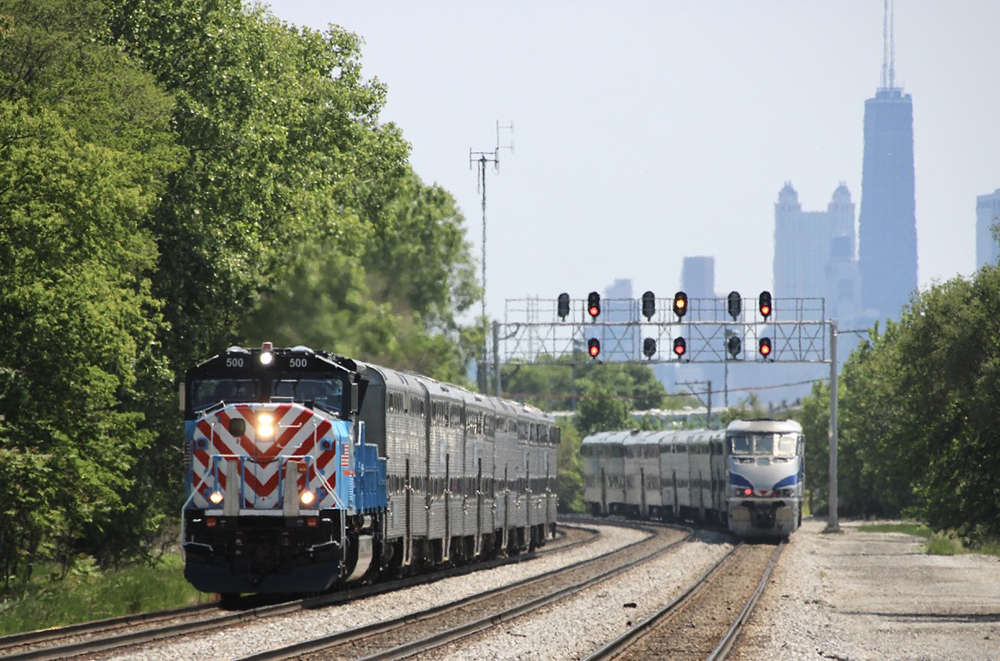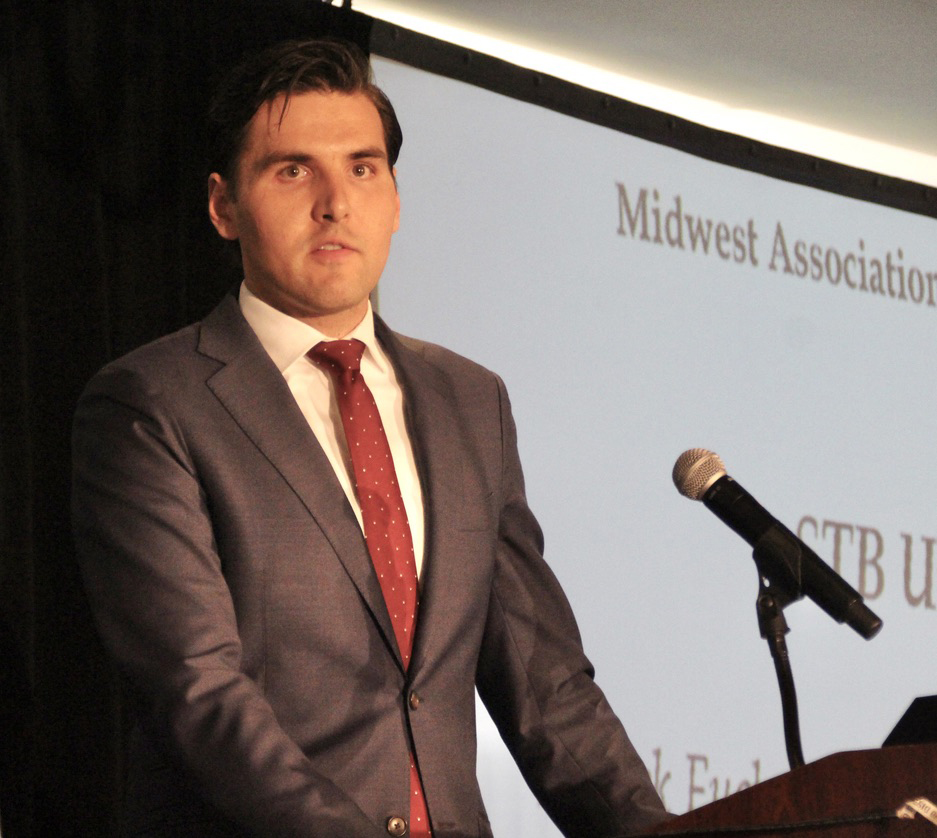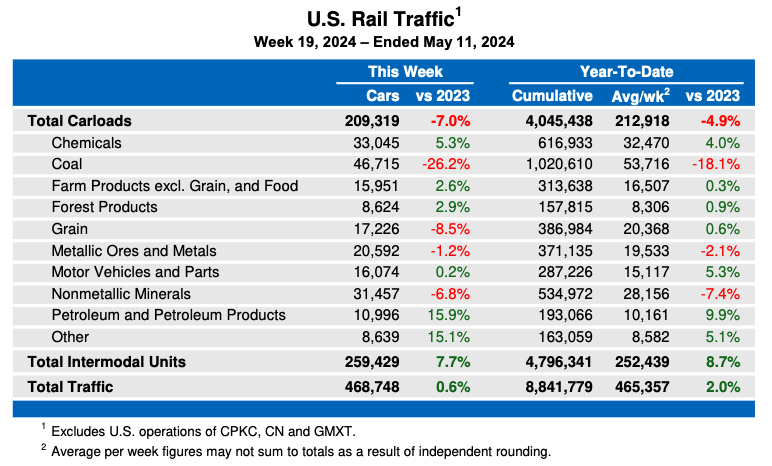The MTH Y3 locomotive commemorates a notable U.S. Railway Administration standardized design from the World War I years made famous by the Norfolk & Western.
In the article “The USRA 2-8-8-2” in the January 1985 issue of Mainline Modeler, Robert LeMassena states that 80 of these locomotives were built. Fifty USRA 2-8-8-2s went to the Norfolk & Western, 20 to the Virginian, and 10 to the Clinchfield railways. Later on, there was a bit of horse trading and a few other lines acquired Y3s. Other railroads built locomotives that had their origins in the USRA standards, but they can’t be considered USRA Mallets.
Searching through several reference books in the Kalmbach library, I could not verify that the Baltimore & Ohio owned any N&W Y3-class 2-8-8-2s. The railroad did, however, own some other 2-8-8-2s. The first batch, 16 EE-1s built by Richmond Locomotive Works, actually had their trailing trucks removed before they went into service. The other B&O 2-8-8-2s were nine class EE-2 locomotives from the Buffalo, Rochester & Pittsburgh that were used mainly as pushers.
Still, if I were a Baltimore & Ohio fan, I’d be tickled to find a nice Premier line Y3 on my layout, even if it isn’t quite historically accurate.
I asked several B&O enthusiasts at a recent TCA meet whether the inaccuracy bothered them. Each said, more or less, “It might not be accurate, but it’s still a B&O engine.”
The model
In these days of super-charged detailing, it’s easy to become jaded. But when I took this locomotive out of its box, all I could say was “Wow!”
A few years back I saw an irate enthusiast speaking to a manufacturer’s rep, demanding to know why his firm didn’t include bell and whistle lanyards on high-end steamers. In a shuffle worthy of Fred Astaire, the rep replied, “We believe our customers should have the right to customize their engines to suit their tastes.”
Well, this locomotive has lanyards, and its whistle even has a simulated lever to open its valve. Wow, indeed.
The model has excellent tooling with plenty of cast-in detail to see and feel with your fingertips. You’ll find boiler bands, rivets, piping, hatches, and all of the usual goodies.
One feature I find attractive on Mallets and articulated locomotives is the front deck above the pilot. Often this space is a large enough space for a gang of brakeman figures (or for that matter, an O scale picnic table). This MTH locomotive didn’t disappoint me.
The handrails, freestanding headlight and number boards, decks, and ultra-huge cylinders combine to say, “Something important is coming.” Out front you’ll also find a dummy coupler as well as an uncoupling bar and chain. This pleasing “bigness” (grammatically wrong, but emotionally correct) also caught my eye on the previously released RailKing version of the Y3.
You’ll find an interesting number of pumps and pipes running along both sides of the boiler. The siderods are wonderfully complex, and the reciprocal action is a treat to watch. The metal siderods, for decades consistently bright and shiny on toy trains, are subdued in color on the Y3.
The locomotive cab is fitted with a realistic backhead, crew figures, two opening roof hatches, opening windows, and firebox glow. The firebox gets extra points from me for its seemingly endless number of rivets! The rear of the cab has two plastic attachments that simulate an all-weather curtain used to protect the crew.
Coupler to coupler, the prototype USRA 2-8-8-2 was 104 feet, 9 inches long. The Norfolk & Western version (which this model represents) was 111 feet, 6 inches long. The MTH model is 119 scale feet long, or 293/4 inches, including the long O gauge drawbar and oversized rear coupler.
The locomotive and tender are painted black, and the smokebox is painted dark gray. The cab window frames are red. Decoration and lettering mirror the sedate style of the B&O. The engine is numbered 7316, which on the Baltimore & Ohio roster was the first engine of the EE-class of 2-8-8-2s. The number plate on the smokebox door is lettered in gold-colored paint.
The tender is an attractive six-axle rig with plenty of handrails, grab irons, and a backup light. There are three opening water hatches with a clearly visible, cast-in screen at the bottom of the hatches. The coal load is nicely made from individual pieces. There are emergency-brake chains on the axles, and there is a coil coupler out back.
This powerhouse is available in several other road names including the nos. 20-3091-1 Rio Grande, 20-3092-1 Norfolk & Western, 20-3094-1 Santa Fe, and 20-3095-1 Virginian.
On the test track
This was a very satisfying engine to run. The flywheel-equipped, can-style motor is quiet, and speed response was smooth in all ranges. The front set of drivers receive power through a drive shaft equipped with universal joints.
On the DCS front, aside from taking a couple of tries to get this baby loaded into my DCS controller, I had no trouble beyond a few missed whistle blows on some low signal-strength sections of track. Otherwise, all the electronic doo-dads of the MTH DCS system worked just as advertised.
The sound system was excellent. The Y3 possesses a robust whistle, and the chuffing and locomotive sounds are first rate. As a matter of personal taste, I’d rate the bell as just “okay.”
On the test track the locomotive had a low-end speed average of 4.2 scale mph and the high-end average of 47.9 scale mph.
The drawbar pull for this 17-pound locomotive is 3 pounds, 13 ounces. On paper that equals the pulling weight of roughly 183 free-rolling cars.
With the Y3 leading a mixed-make and vintage 25-car freight train at 18 volts in conventional-control mode, I timed it at 42.5 scale mph.
Rolling rapidly through a few switches, however, the drivers derailed. This happened three or four times within my first hour of operation. Whatever gremlin was messing things up apparently left the building. Operation has been fine ever since.
While you may wince at its price tag, the Y3 delivers first-rate performance, excellent sound, and a superb level of detail.














